Today, Verizon shared a press release highlighting strong revenue numbers and a significant number of added lines in the second quarter of 2021. For me, the most interesting part of the press release was this line:
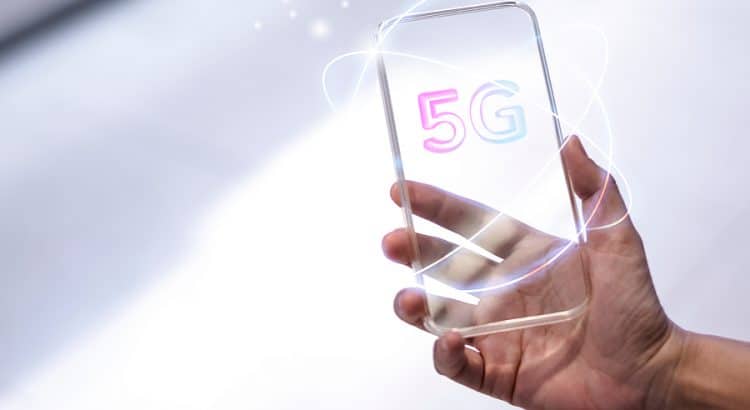

Today, Verizon shared a press release highlighting strong revenue numbers and a significant number of added lines in the second quarter of 2021. For me, the most interesting part of the press release was this line:

Dish recently launched a mysterious website, 5gMobileGenesis.com, where visitors can sign up for something called Project Genesis. Few details are available about the project. Here’s a snapshot from the homepage:

In an article on Light Reading, Mike Dano suggests “Project Genesis” may be a brand name for Dish’s 5G service. Dano suggests the talk of “democratizing wireless” could be intended to give Dish’s 5G a made-in-America vibe:
Peter Adderton also suspects Project Genesis is about branding:
@dish launches Beta test site ? and Brand for new 5G network, very interesting clearly @boostmobile
Brand and retail distribution doesn’t line up with Dish's aspirational consumers they need to make the 5G network profitable, so time to off load boost😀 https://t.co/eZOb3cJPId— Peter Adderton (@peter_adderton) June 15, 2021
I’m not so sure Dano and Adderton have the full story. Here’s the message I saw after filling out a form on the Project Genesis website:

Dish might be using phrases like “original founder” and “democratizing wireless” in an empty matter. But there could be more substance. Helium, which I’m sure I’ll write more about soon, is trying to create a decentralized 5G network. Could Dish be doing something similar?
Tim McDonald, a keen observer of the telecom industry, considered the possibility:
Sounds a bit like @helium
— Tim McDonald (@trmcdonald) June 15, 2021
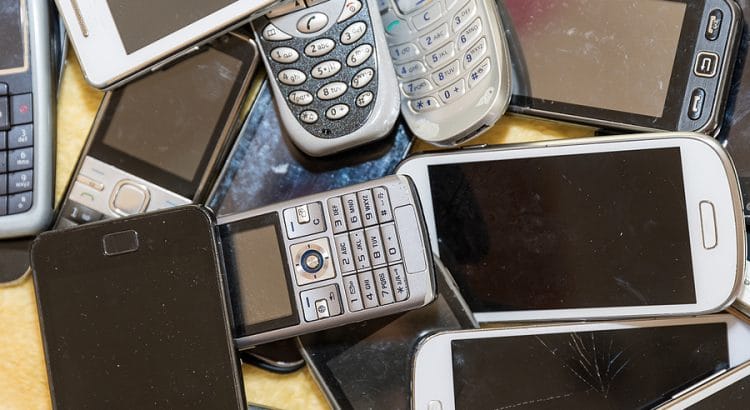
Today, T-Mobile announced that it’ll offer customers the Samsung Galaxy A32 5G more-or-less for free.
The A32 has a regular price of $282 and is substantially less fancy than most of the 5G phones on the market. Still, from the bit I’ve heard about it, the A32 seems like a solid entry-level device.
Both new and existing customers can take advantage of the promotion by trading in a phone. Any working phone is sufficient as a trade-in:
The deal will be available starting April 18. Customers that take advantage of the promotion will get monthly bill credits for 24 months that effectively cancel out the usual $11.75 per month customers would have to pay for the A32 on an installment plan. Tax on the usual $282 price is due at the time of purchase.
Customers that cancel service before receiving all the monthly credits will be responsible for the unpaid portion of the A32’s cost.
While T-Mobile’s network is worse than AT&T and Verizon’s networks in many respects, T-Mobile is the clear leader in 5G. T-Mobile has the most 5G coverage and arguably leads in 5G speeds. The company’s decision to offer free 5G phones looks like part of a larger goal of building hype around T-Mobile’s 5G dominance.

4/1/2021 Update: I’m backpedaling from this post. While I’m still unsure what’s going on, T-Mobile likely is grandfathering subscribers into its hotspot plan, contrary to what a customer reported a T-Mobile rep said. From the start, I shouldn’t have taken what the rep said (or allegedly said) as gospel.
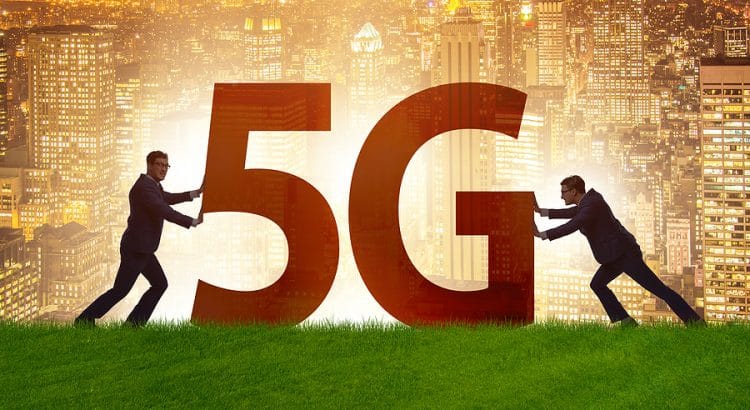
Tello is trying to draw attention to its 5G service. Here are a few bits of content fresh from the carrier’s website:

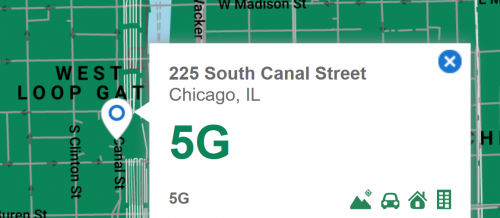

5G was the main topic of one of Tello’s blog posts earlier this month. Here’s what Tello had to say about phone compatibility:
In all of Tello’s materials about 5G, I haven’t seen a mention of a key fact: Tello does not support 5G on iPhones.
This isn’t a small oversight. I’d guess that half of the 5G-compatible phones in the U.S. right now are devices in the iPhone 12 line.
It seems not everyone working for Tello is even aware that the carrier doesn’t support 5G on iPhones. This blog comment comes from a Tello representative:

I reached out to Tello’s support asking if the company supports 5G on both iOS and Android devices. Here’s the response I got:
It’s not true. It seems Tello doesn’t have a carrier bundle with Apple. Until that’s figured out, 5G and some other features may remain unavailable for Tello subscribers.
If Tello’s going to make a big deal about its 5G service, the company should make it clear that it does not support the most popular 5G phone.
Thanks to Stetson Doggett who let me know about the issues with 5G on Tello.

Last week, a Verizon Twitter account suggested that some users may want to turn off 5G to preserve battery life. T-Mobile jumped on the opportunity to make fun of its competitor’s advice in a series of tweets.
On Thursday, I shared a blog post pointing out that T-Mobile’s website made the same suggestion. Here’s a snap from an archived version of a T-Mobile support page for the S20 Ultra 5G:1
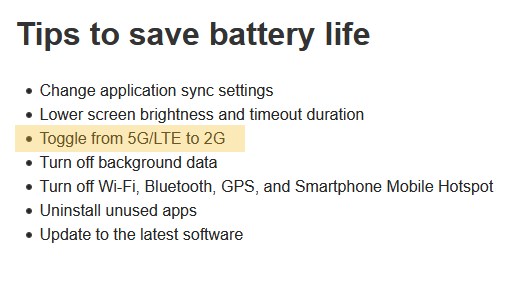
After my post came out, PCMag and The Verge picked up on the story. T-Mobile then edited a whole bunch of pages to remove advice about switching down to 2G. Here’s what the page for the S20 Ultra 5G looks like now:
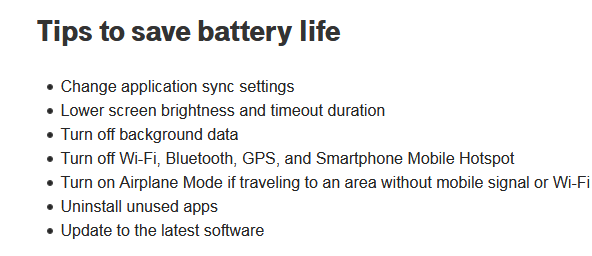
The suggestion to turn off 5G has been replaced with “Turn on Airplane Mode if traveling to an area without mobile signal or Wi-Fi.”
T-Mobile has tried to brand itself as the un-carrier. T-Mobile wants people to believe it’s a company that offers a more honest and consumer-friendly phone service than competitors offer.
T-Mobile’s handling of this situation doesn’t match the un-carrier ethos. A high-integrity company that cares about making a marketplace better for consumers would have owned up to its mistake. T-Mobile could have issued a mea culpa. Short of that, T-Mobile could have silently walked away from the situation. Instead, T-Mobile took a low-integrity path and tried to bury the evidence of its hypocrisy.
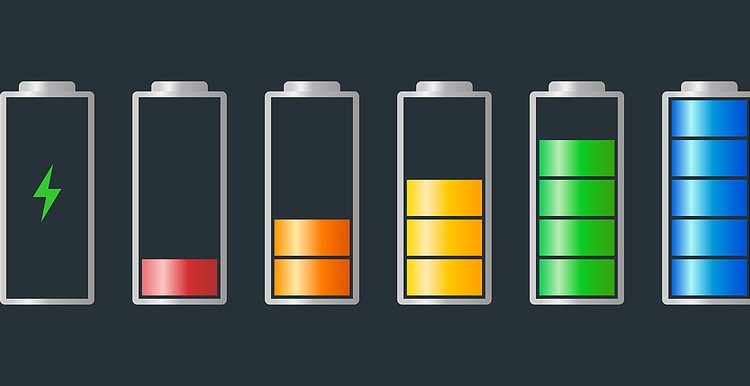
On Sunday, the following tweet was shared by the Twitter account for Verizon’s customer support:
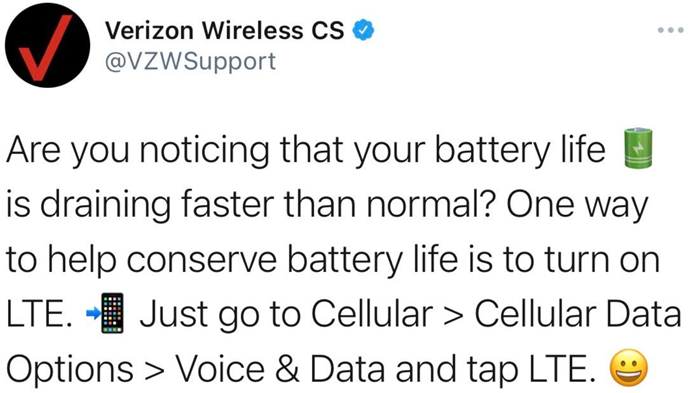
Customers that follow this advice will effectively be turning off 5G service. People on Twitter were quick to dunk on Verizon for running a marketing campaign about the benefits of 5G while simultaneously suggesting that some subscribers might want to turn off 5G service.
By Monday, a bunch of tech journalists had picked up the story. While Verizon deleted its tweet, many competing carriers posted screenshots or linked to news stories about Verizon’s gaffe:
ICYMI (they deleted)💀 pic.twitter.com/mBJT5J3LDp
— T-Mobile (@TMobile) February 28, 2021
Instant regret is so Verizon.https://t.co/MfmOJ6aAG9
— MintMobile (@Mintmobile) March 4, 2021
Gizmodo ended its coverage of Verizon’s tweet with this line:
What’s going on? Verizon was being transparent. Verizon’s tweet had accurate and potentially useful information.
No one paying close attention to the cellular industry would be surprised that turning off 5G could preserve battery life. While a lot of hype about 5G has highlighted potential power savings, we’ve known that today’s 5G phones aren’t delivering on that potential. Here’s an excerpt from Samsung’s website:
Because your phone is connected to multiple networks simultaneously, the battery will drain faster than one would typically expect, and the phone may get warmer than when solely on 3G or LTE.
As the 5G networks grow in capacity and capability, they will be able to handle more of your phone’s functions with less battery drain.
While T-Mobile’s official Twitter account and multiple T-Mobile executives joined the internet pile on against Verizon, T-Mobile made similar suggestions on its own website:
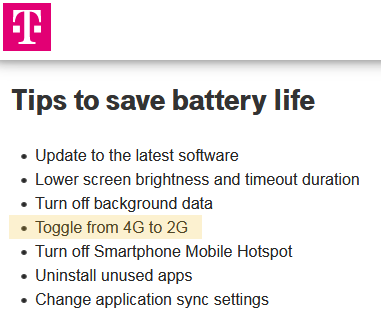
Verizon’s customer support was doing something helpful when it let subscribers know about the potential downsides of 5G. I want to encourage rather than discourage that kind of information sharing.
I’m not exactly sure how journalists should strike a balance between calling out bullshit and disincentivizing information sharing. After watching this story play out, I’m inclined to be more thoughtful about the second-order effects of some of my critical takes.

T-Mobile has started bragging about having the best 5G speeds in Opensignal’s latest report. Here’s an excerpt from today’s press release from T-Mobile:
I’ve been critical of selection bias issues inherent in Opensignal’s methodology. I continue to think there are serious selection bias issues with Opensignal’s latest 5G metrics. Still, I don’t think my qualms are significant enough to dismiss T-Mobile’s apparent lead in 5G speeds and 5G coverage. T-Mobile is killing it. Here’s another bit from today’s press release:
Early in its 5G rollout, T-Mobile relied on low-frequency spectrum around 600MHz. While this spectrum was great for coverage, it had lousy speed potential. In 2020, T-Mobile put a lot of effort into bragging about how it led the nation in 5G coverage. While the bragging was technically accurate, the whole thing was bullshit in practical terms. 5G delivered with T-Mobile’s low-frequency spectrum was often slower than a typical 4G connection.
Recently, T-Mobile started rolling out large-scale 5G deployments using mid-band spectrum. T-Mobile’s mid-band 5G now covers about a third of Americans. Mid-band 5G actually delivers speeds that are substantially better than consumers are used to with 4G.
Verizon is still crushing the competition in terms of coverage with ultra-fast, millimeter wave 5G. However, Verizon’s achievements with millimeter wave don’t have much value for consumers yet. Even Verizon’s millimeter wave coverage is lackluster, and practical applications for ultra-fast cellular speeds are rare.
While I think T-Mobile legitimately holds the top spot for 5G coverage and average 5G speeds, I also think Verizon will overtake T-Mobile as 5G rollouts reach more mature stages. In my view, the interesting thing to watch will be whether T-Mobile or AT&T ends up with the second-place spot in the 5G competition.1 T-Mobile’s spectrum holdings and financial position may give the network a significant edge over AT&T.

For a while now, Verizon has offered a prepaid plan with unlimited minutes, texts, and data. Yesterday, Verizon Prepaid launched a second and more expensive unlimited plan. While the old plan had a base price of $65 per month, the new plan has a base price of $75 per month. Both plans are eligible for loyalty discounts and a discount for automatic payments. Together, discounts can decrease the monthly cost of either plan by up to $15 per month.
Verizon’s new plan includes two features that aren’t included with the old unlimited plan:
Verizon splits its 5G service into two buckets: 5G Nationwide and 5G Ultra Wideband. 5G Nationwide is Verizon’s widely available 5G service. While the 5G Nationwide coverage profile is solid, the speeds 5G Nationwide delivers are not especially impressive. 5G Ultra Wideband is outrageously fast, but the service has extremely limited availability.
All of Verizon’s prepaid plans give subscribers with compatible devices access to Verizon’s 5G Nationwide service. The new prepaid plan is the only one that offers 5G Ultra Wideband service. Given 5G Ultra Wideband’s terrible coverage, not many people will benefit from the added feature. I suppose the tiny minority of people that live or work where 5G Ultra Wideband is available might have a rationale for paying extra to get Verizon’s latest plan.
Verizon’s cheaper prepaid unlimited plan does not include mobile hotspot access by default. However, subscribers can add a 10GB per month hotspot allotment for an extra $5 each month. Subscribers on Verizon’s new unlimited plan will get a 10GB hotspot allotment at no extra charge. Additionally, subscribers on the new plan can use an unlimited amount of mobile hotspot data when connected to Verizon’s 5G Ultra Wideband network.
For most people, it will be hard to justify the extra $10 per month that Verizon’s new plan costs relative to Verizon Prepaid’s old unlimited plan. If you need hotspot access, I’d recommend just using the old plan with a $65 base price and adding the $5 per month hotspot feature.
In the off chance you happen to spend a lot of time covered by Verizon’s Ultra Wideband service, the more expensive plan might be justifiable. However, the choice still might not be a no-brainer. While Ultra Wideband delivers impressive speeds, it’s rare for consumers to see many real-world benefits from the added speeds. 4G LTE and 5G Nationwide deliver speeds that are sufficient for most people.
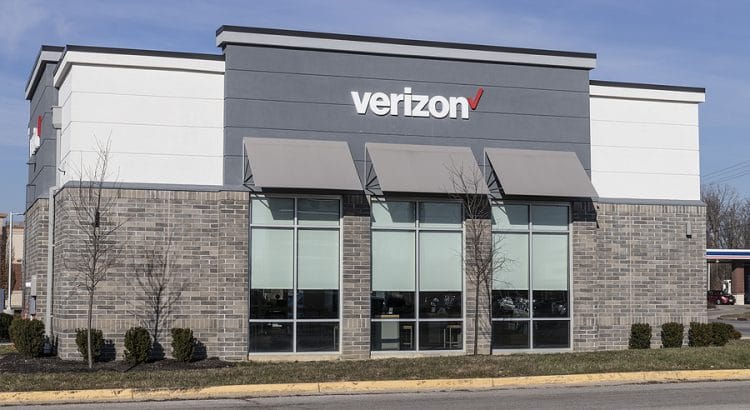
Earlier this week, Verizon announced a few planned expansions of its 5G services.
Starting January 14, Verizon’s 5G Home Internet will be available in parts of five more cities:
The service will be available in Phoenix, AZ starting January 28th.
Later this month, Verizon plans to bring Ultra Wideband 5G to parts of three more cities:
By my count, that will bring the total number of cities will Ultra Wideband coverage to 64.